Did you know over 10% of cats will develop a urinary tract infection at some point in their lives? Many cat owners miss the early signs, which can lead to serious health issues like kidney failure if left untreated. This article is your one-stop guide to what are symptoms of a cat UTI and why spotting them early can make all the difference.
Uncovering the Early Clues: What Are Symptoms of a Cat UTI?
Cats are known for hiding discomfort, which makes recognizing the symptoms of urinary tract infections challenging. But knowing what to look for can help you catch a cat UTI before it becomes serious. Early signs usually show up in your cat's behavior—think more frequent trips to the litter box , unusual vocalizations, or urinating in unexpected places. These behaviors may be subtle at first, and owners may attribute changes to stress, dietary changes, or even stubbornness. However, these are frequently the earliest clues of a developing urinary tract issue.
Understanding the common symptoms and how they differ among cats is crucial, especially since male cats are at higher risk for blockages that can become medical emergencies. As we walk through these clues, you'll be able to spot the difference between a minor behavioral change and a true cause for concern. Catching the signs early means getting your cat the help it needs while the problem is still small.
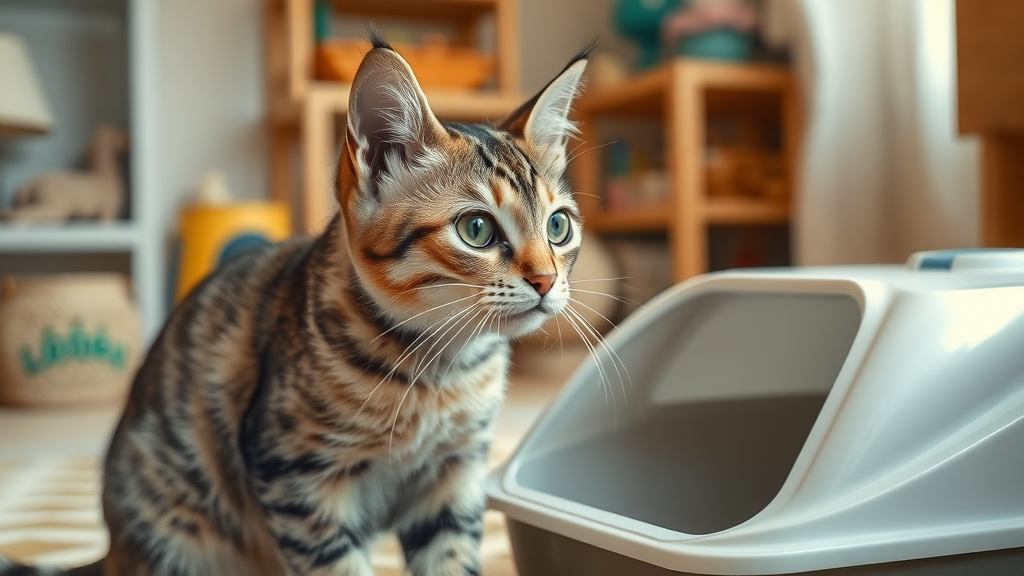
An Eye-Opening Fact: The Prevalence of Urinary Tract Infections in Cats
“It’s estimated that over 10% of cats will develop a urinary tract infection during their lifetime – recognizing the early signs can save lives.”
Urinary tract infections rank among the most common health issues in cats, especially in older felines and breeds that are more prone to urinary problems. Sadly, because cats of any age tend to hide their pain, these infections may go unnoticed until they progress to more severe tract issues. These infections not only affect your cat’s comfort but can also lead to dangerous complications if left untreated.
Recognizing the frequency of these infections is important for all cat parents. Regular observation for the most common symptoms —even when your cat seems otherwise healthy—greatly improves the chance of a full recovery and can prevent future episodes of illness. This makes knowledge and vigilance your best defense in keeping your beloved pet healthy.
Understanding Urinary Tract Infections: What Are Symptoms of a Cat UTI?
What is a Urinary Tract Infection in Cats?
A urinary tract infection (UTI) in cats describes a condition where bacteria invade the bladder or other parts of the urinary tract, leading to painful inflammation. This infection often causes discomfort during urination—much like it does in humans—and may result in secondary feline lower urinary tract disease if not treated promptly. The bacteria most commonly enter via the urethra and then multiply inside the bladder, which is why hygiene and regular cleaning of the **litter box** matter so much.
Because the urinary tract is made up of the kidneys, ureters, bladder, and urethra, an infection can happen in any part, but bladder infections are most common in cats. Symptoms can be subtle at first, like slightly increased bathroom trips or minor changes in mood, but progress quickly to more obvious signs such as blood in the urine or excessive licking of the genital area. Left untreated, a simple infection can cause more serious conditions, such as kidney failure or stones.
The Difference Between Lower Urinary Tract Disease and Cat UTIs
The terms “ urinary tract infection ” and “ feline lower urinary tract disease (FLUTD) ” are sometimes used interchangeably, but they refer to slightly different issues. While a UTI means there is a bacterial infection, FLUTD is a broad term for several disorders causing irritation or obstruction in the lower urinary tract, including infections, bladder stones , or even inflammation of the bladder with no infection called “idiopathic cystitis.”
Both conditions share many symptoms—such as straining to urinate and urination outside the litter box—but their underlying causes and treatments are different. That’s why a vet will perform a urinalysis and sometimes other diagnostic tests to distinguish between them. Recognizing the overlap in symptoms is crucial because while some forms of FLUTD are mild and resolve with supportive care, true infections may require antibiotics to clear up.
Common Symptoms of Urinary Tract Infections in Cats
Frequent attempts to urinate
Crying or vocalizing in the litter box
Straining to urinate
Only producing small amounts of urine
Blood in the urine
Urinating outside the litter box
Excessive licking of the genital area
Changes in behavior such as agitation or hiding
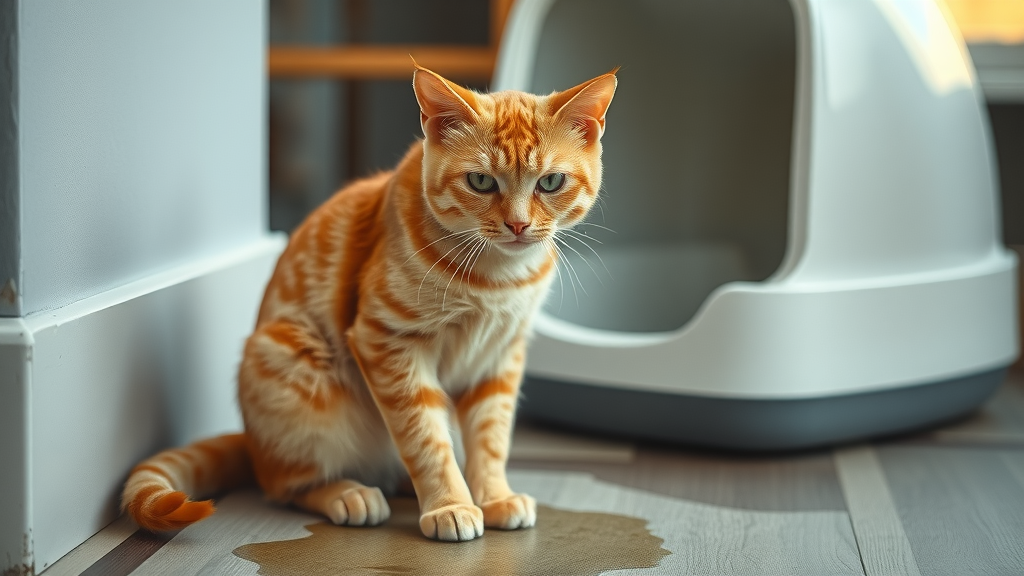
Spotting Symptoms of Urinary Tract Disease: Variations by Cat Age and Gender
Symptoms of urinary tract disease can look different depending on your cat’s age and gender. For example, older cats are generally more susceptible to urinary tract infections, while male cats —with their narrower urethras—are at much higher risk of urinary blockages. Young kittens, though less prone to UTIs, can still show symptoms if there’s an underlying issue or anatomical abnormality.
In senior cats, you might see subtle symptoms like increased thirst or restlessness, while in adult males, a UTI can rapidly progress to a life-threatening obstruction if not caught early. It’s also crucial to watch for any behavioral changes that seem out of character for your cat, as withdrawal, sudden aggression, or hiding can be one of the first signs of health issues in cats. Disease progression can happen quickly, which underscores the importance of prompt attention to any changes.
Recognizing When Male Cats Are at High Risk
Male cats are particularly vulnerable to complications from urinary tract infections due to their anatomy. With a much narrower urethra than females, even minor inflammation or the formation of tiny crystals can lead to a dangerous blockage. When a male cat strains without producing urine, cries out in pain, or becomes suddenly lethargic, this is a medical emergency—a blocked male cat can develop kidney failure or even die within days if left untreated.
Pay extra attention to younger, neutered males, who are statistically more likely to develop lower urinary tract disease. Owners should never “wait and see” if a male cat is showing signs of urinary distress. Immediate action with a veterinarian can save your cat’s life, making vigilance and rapid response your best tools.
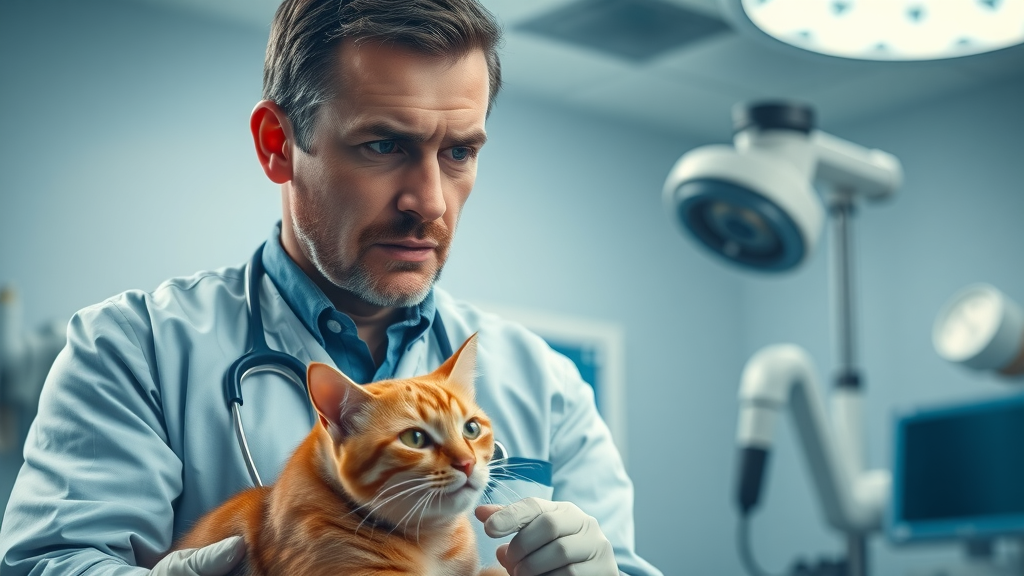
Female vs. Male Cats: Are the Symptoms of a Cat UTI the Same?
While both male and female cats can experience urinary tract infections , the symptoms often present similarly—frequent urination, blood in the urine, and changes in litter box habits. However, because females have a shorter and wider urethra, they are less likely to experience life-threatening blockages and often display milder forms of the condition.
Despite these differences, it’s important not to ignore any warning sign, regardless of your cat’s gender. Both male and female cats require prompt veterinary care when symptoms of a UTI or lower urinary tract disease appear to avoid worsening health issues or chronic discomfort.
Symptom Comparison Table: Male vs. Female Cat UTI Signs |
||
Symptom |
Male Cats |
Female Cats |
|---|---|---|
Straining to urinate |
Very Common / Emergency Risk |
Common |
Blood in urine |
Common |
Common |
Urinating outside litter box |
Very Common |
Very Common |
Complete blockage risk |
High |
Low |
Excessive licking of genital area |
Common |
Common |
Agitation, hiding |
Common |
Common |
Feline Lower Urinary Tract Disease (FLUTD) and Its Relationship to Cat UTIs
Differences Between Urinary Tract Infections and Feline Lower Urinary Tract Disease
Feline lower urinary tract disease (FLUTD) is not a single disease but a group of problems affecting the bladder and urethra of cats, such as infections, blockages, and stones. A UTI is just one type of tract issue—other forms of FLUTD may have similar symptoms but different causes and treatments. For example, “idiopathic cystitis” is a non-infectious inflammation of the bladder and a leading cause of lower urinary tract symptoms.
Diagnosing the correct cause is crucial because it dictates the most effective treatment. Antibiotics will help bacterial UTIs but won’t address bladder stones or idiopathic inflammation. Regular veterinary exams and diagnostic testing are key in differentiating these conditions and ensuring your cat receives the appropriate care.
Lower Urinary Tract Disease: Overlapping Symptoms and Diagnostic Challenges
Both UTIs and FLUTD manifest with very similar symptoms—blood in the urine, straining, or urination outside the box. This overlap often makes it very difficult for owners (and even sometimes veterinarians) to distinguish between different urinary tract issues without comprehensive diagnostic workups like urine cultures, bloodwork, and x-rays. In cats, especially, subtle cases can progress to emergencies if not accurately identified.
Because all forms of lower urinary tract disease can result in discomfort, behavioral changes, and sometimes dangerous blockages (most notably in male cats), owners should treat any sign of urinary distress as serious. Prompt examination by a vet is always the safest choice.
Causes and Risk Factors for Tract Infections and Urinary Tract Disease in Cats
Age and Gender
Breed predisposition
Obesity
Hydration and diet
Litter box hygiene
Medical history (diabetes, kidney disease)
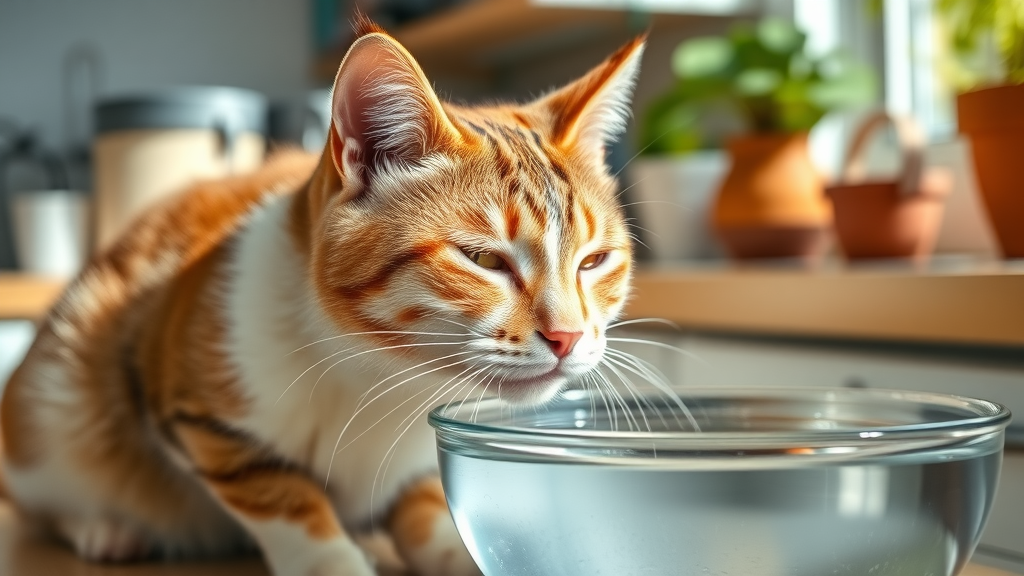
Understanding the Impact of Litter Box Habits on Urinary Tract Health
"Consistent litter box issues can be an early warning for underlying urinary tract infections — don’t ignore them."
One of the most common early indicators of urinary tract issues in cats is changes in litter box behavior. Avoiding the box, going just outside it, or using it more frequently are signs your cat is struggling with discomfort. These behaviors can also be triggered by dirty boxes, unsuitable location, or stress, but if your cleaning habits haven’t changed, suspect a health problem.
Cats need access to clean, appealing litter boxes. Overcrowded, dirty, or hard-to-reach boxes can cause cats to “hold it,” increasing the risk of infection or other tract diseases. For best results, aim for one box per cat, plus one extra, and clean thoroughly each day. Fresh water and a moisture-rich diet also support healthy urinary function.
When to See a Veterinarian: Responding to Cat UTI Symptoms
When Is a Symptom an Emergency in Cat Urinary Tract Infections?
Some signs of a urinary tract infection require urgent medical care. Immediate veterinary attention is needed if your cat is unable to produce urine, is straining frequently, or appears to be in significant pain. Male cats are at particularly high risk; even a few hours of urinary blockage can be fatal. If your cat becomes lethargic, vomits, collapses, or shows distress, don’t wait—head to the vet.
Other symptoms, like blood in the urine or frequent but successful urination, require prompt but not necessarily emergency care. Still, quick action is always best, as what begins as a treatable infection can quickly turn into a more serious problem if left untreated. When in doubt, call your vet to describe the symptoms and determine the urgency.
How Vets Diagnose and Treat Urinary Tract Infections in Cats
Once you bring your cat to the clinic, the veterinarian will generally begin with a physical exam and perform a urinalysis to check for blood, crystals, bacteria, or inflammation. Sometimes, additional tests, like bloodwork, urine culture, or x-rays, are recommended to rule out stones or structural abnormalities. This comprehensive approach helps distinguish between tract infection , FLUTD , and other causes of urinary tract issues in cats.
Treatment depends on the diagnosis. True bacterial infections are treated with antibiotics, while FLUTD may be managed with dietary changes, increased hydration, and sometimes medications to relieve bladder inflammation or pain. In severe cases or blockages, hospitalization, catheterization, or surgery may be needed. After treatment, follow-up exams are important to ensure no recurrence or ongoing issues.
Diagnostic Tools and Treatments for Cat Urinary Tract Infections |
||
Tool/Test |
Purpose |
Treatment Example |
|---|---|---|
Urinalysis |
Check for bacteria, blood, crystals |
Guides antibiotic use |
Urine culture |
Identify bacteria type |
Specific antibiotic selection |
Bloodwork |
Evaluate kidney function, infection markers |
Monitors overall health |
X-rays/Imaging |
Detect stones or blockages |
Surgical or dietary intervention |
Catheterization |
Relieve urinary blockage (esp. male cats) |
Restore urine flow |
Preventing Cat UTIs: Tips for Supporting a Healthy Urinary Tract
Keep your cat hydrated with fresh water daily
Maintain a clean litter box environment
Offer a diet formulated for urinary tract health
Manage stress and avoid sudden changes
Schedule regular veterinary checkups

Taking proactive steps is the best way to keep your cat free from urinary tract infections. Hydration and cleanliness go a long way in prevention. Stress-reducing routines and regular wellness visits help your vet catch problems before they become severe. Diets tailored for urinary tract health can significantly reduce recurrence, especially in cats with a history of urinary tract disease.
Don’t forget the details—place litter boxes in quiet, stress-free locations, feed high-protein moisture-rich foods if possible, and watch for any changes in behavior. Prevention, attention, and partnership with your veterinarian form a strong defense against urinary tract issues in cats.
This embedded video shows real cats displaying classic UTI symptoms like frequent urination, vocalizing, and litter box avoidance, with expert commentary from a veterinarian.
People Also Ask
How does a cat act when it has a UTI?
Cats with urinary tract infections may show behaviors such as straining in the litter box, frequent urination attempts, crying out in pain, or urinating outside the box. Some cats may also become withdrawn, excessively lick their genital area, or show sudden aggression. Monitoring for these changes is key to early intervention.
What can be mistaken for a UTI in cats?
Conditions easily mistaken for a cat UTI include feline lower urinary tract disease (FLUTD) , bladder stones, behavioral problems, and diabetes. These problems can have similar symptoms, making accurate diagnosis by a veterinarian with a urinary tract infection workup essential.
Can a cat UTI resolve on its own?
While mild infections might rarely improve, untreated urinary tract infections in cats can quickly become severe, especially in male cats. Veterinary evaluation is strongly recommended to avoid serious health consequences such as kidney damage or obstruction.
How can I treat my cat's UTI at home?
Home care through increased water intake and stress reduction may support urinary health, but professional veterinary care is essential. Never attempt to treat a suspected UTI at home without consulting your veterinarian, as failure to address the root cause can endanger your cat’s health.
FAQs About What Are Symptoms of a Cat UTI?
What are the first signs of a urinary tract infection in cats?
Can a cat's urinary tract infection cause vomiting?
Is blood in cat urine always a sign of a urinary problem?
Are certain breeds more susceptible to urinary tract infections?
Should changes in litter box use prompt a vet visit?
Answers:
Early signs often include changes in urination habits and discomfort. Vomiting is rare but possible with severe infections. Blood in urine often relates to urinary issues and warrants veterinary attention. While all cats are at risk, some breeds may be more susceptible. Any litter box changes should always prompt a veterinary check.
This video explains diagnostic procedures like urinalysis, urine culture, and treatment options including antibiotics and dietary management, demonstrated by a real veterinarian.
The Takeaway: Recognizing Symptoms and Acting Fast Can Improve Cat Health
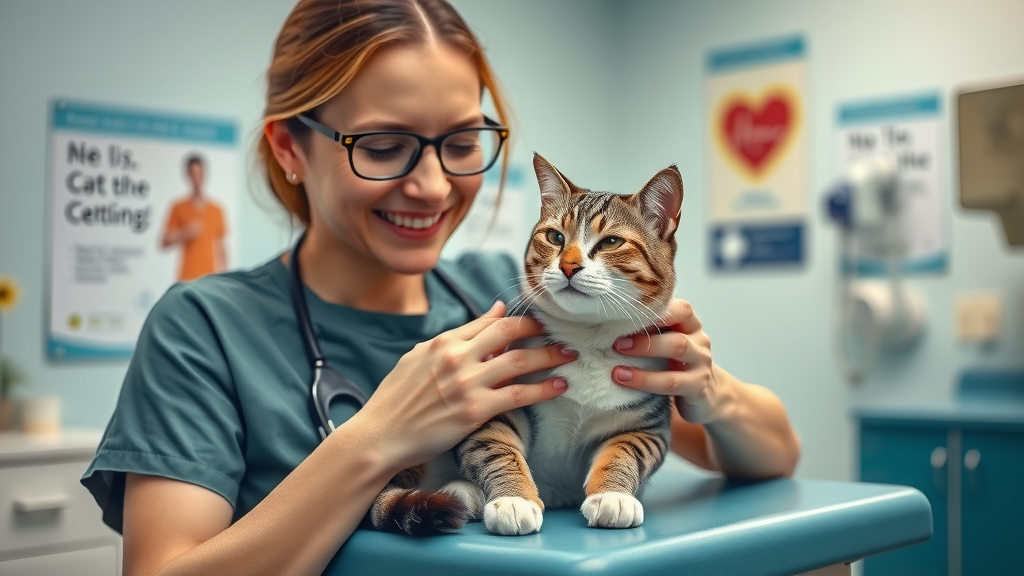
Act quickly at the first sign of a urinary problem, get veterinary care, and always monitor for changes in your cat’s litter box behavior or comfort.
Ready to Safeguard Your Cat’s Urinary Tract Health?
Our pack is growing — and you’re invited. 🐶🐱 Subscribe now to get exclusive stories, pet wellness tips, and product deals straight to your inbox.
Recognizing the symptoms of a urinary tract infection (UTI) in cats is crucial for early intervention and treatment. Common signs include frequent urination, straining to urinate, blood in the urine, urinating outside the litter box, excessive licking of the genital area, and behavioral changes such as lethargy or irritability. ( vcahospitals.com ) If you notice any of these symptoms in your cat, it’s important to consult a veterinarian promptly to prevent potential complications.
 Add Row
Add Row  Add
Add 




Write A Comment